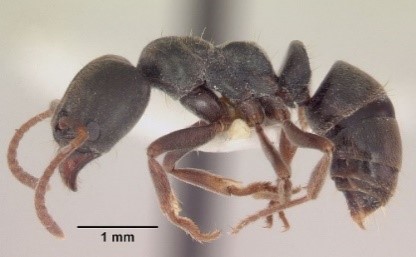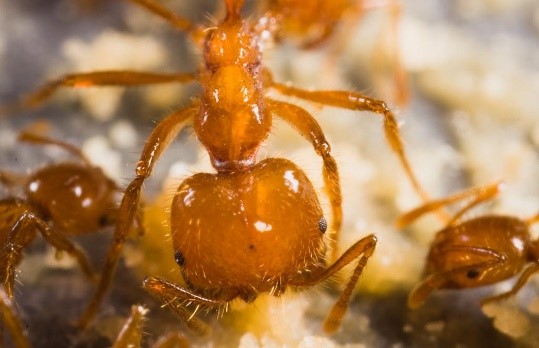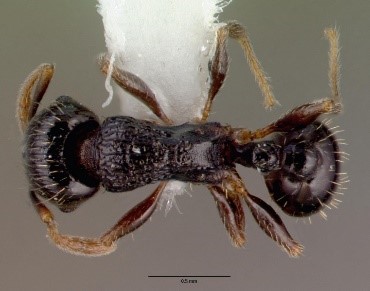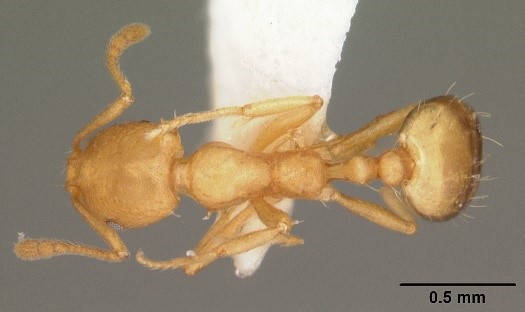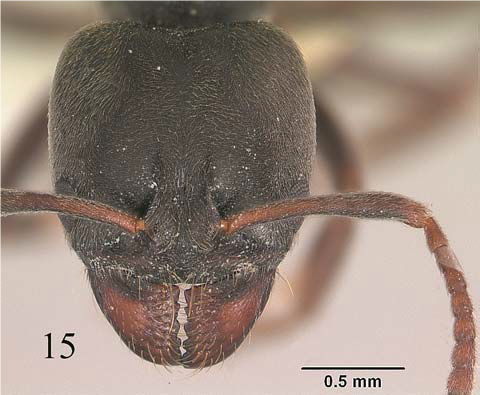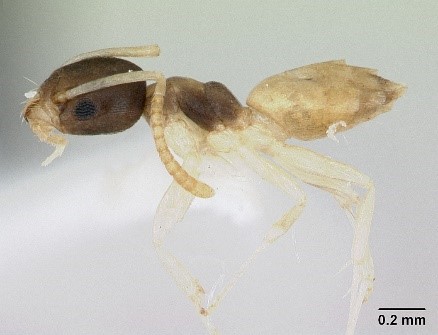Ants
Ants Get Rid of Ants with ETS Innovative IPM Plan Introduction Ants are social insects that are widely regarded as one of the most diverse and successful insect groups in terms of their ecological impact on the environments in which they live. Many ants are ecologically beneficial as insect predators or as decomposers of dead plants and animals. Outdoor ants…

